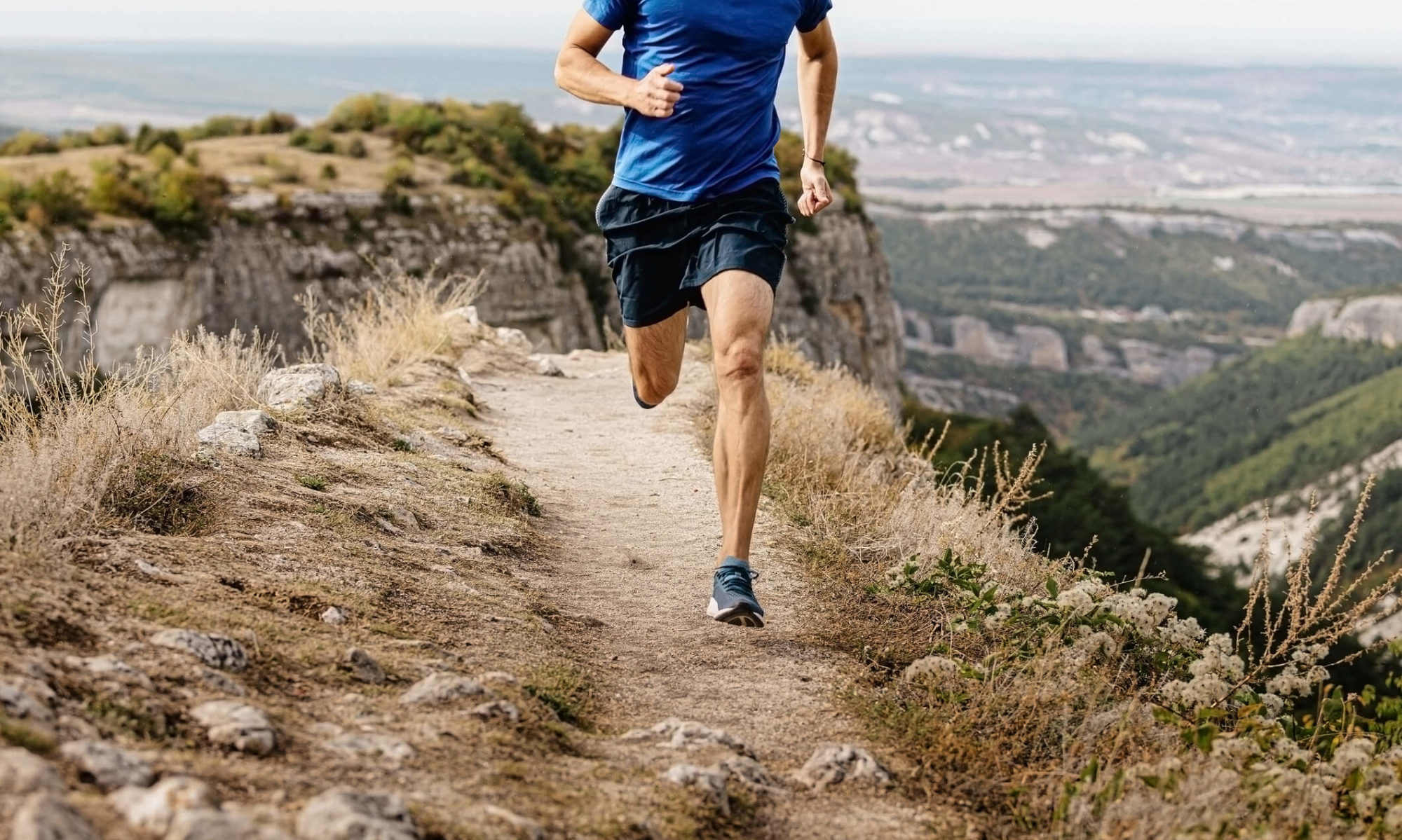STRENGTH TRAINING FOR…HIKING?
As the current global COVID-19 pandemic closes gym facilities and cancels group exercise sessions, many people are turning to outdoor hikes as a means to stay healthy.
While jogging produces 3-5 times the normal ground reaction forces (GRF) of walking, hiking (especially if downhill) can easily produce twice the GRF of normal walking. The majority of these forces end up getting transferred into the knees, so it is very important to keep the quadriceps AND hip abductor muscles strong (the latter act to limit unhealthy excessive internal rotation of the femur).
In particular, steep downhill hiking also produces a physical effect called DOMS (delay onset muscle soreness) because of intense eccentric muscle-lengthening contraction that can last for 48-72 hours.
Long, super steep half-day descents of over 5 miles losing well over a mile in elevation can absolutely wreck your lower body (ex: Kaibab Trail in Grand Canyon, Sol Duc Trail in Olympic National Park).

The author seen above hiking Wedge Mountain in British Columbia
When hiking uphill, it is very important to have strong glutes and adductor (groin) muscles to contribute to climbing efforts – especially if there are large steps or stone stairs on the trail. (ex: Mist Trail in Yosemite National Park, Grouse Grind in North Vancouver, B.C.)
Making sure the lower leg stabilizers (soleous, gastrocnemius, tibialis anterior, posterior tibialis, etc) muscles are strong and well-conditioned to fatigue is extremely important too…these muscles act as your shock absorbers and function to decrease the ground reaction force transmitted into the joints further up the kinetic chain.
Strong hamstrings help reduce the risk of knee ligament injury during a slip or fall, and a sturdy abdominal core/lower back help to safely bear the weight of a heavy pack over long distances.
– CHRIS BORGARD
Chris’ top 5 Hikes
- Salkantay Trek (Strenous)
Machu Picchu, Peru - Ewoldson Trail (Moderate-to-Strenous)
Big Sur, CA - Mist Trail/Nevada Fall Loop Trail (Moderate/Strenous)
Yosemite NP - Skyline Trail (Moderate)
Mt. Rainier NP - Golden Canyon (Easy)
Death Valley NP
